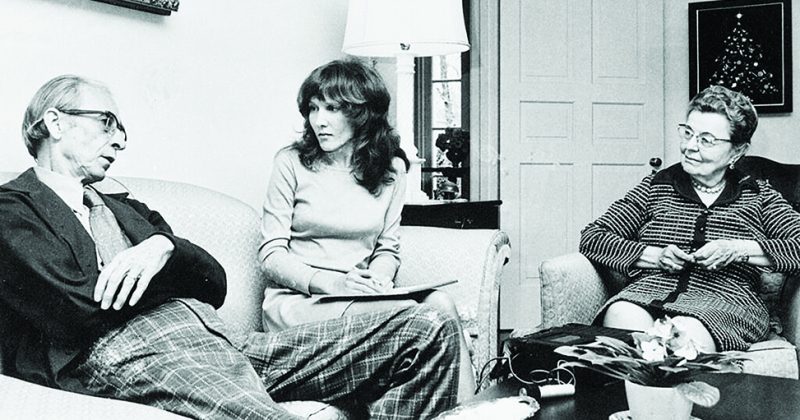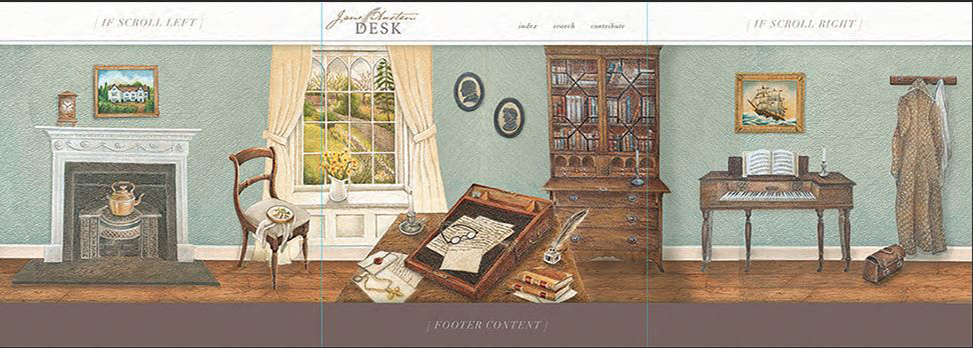
Jane Austen’s Desk will take readers into a virtual room in Chawton Cottage that highlights the time period when Austen was writing Mansfield Park.
A new NEH grant will support UNC scholars’ creation of an immersive web environment designed to bring Jane Austen’s writing room — and her world — to life.
Enter a virtual room modeled after Chawton Cottage, where you’ll learn more about beloved author Jane Austen via the place where she did most of her writing. Scroll around and click on various objects — paintings, a portable writing desk, a quill and more — to delve deeper into Austen’s writing and her world.
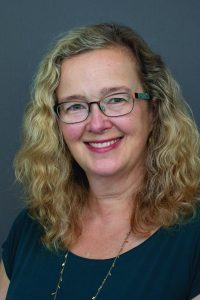
This is the vision of a creative group of scholars, including principal investigator Inger Brodey and project manager Sarah Schaefer Walton, in creating the digital humanities project Jane Austen’s Desk. Brodey is an associate professor of English and comparative literature at UNC-Chapel Hill, and Walton is a Ph.D. candidate in that department.
“We loved how you could mouse over and interact with the objects,” said Brodey, whose faculty website features her own virtual desk. “It’s going to feel like a 360-degree view of the room: you can go left and right, up and down and hover over various objects. For instance, clicking on a painting of a ship will make the ship rock and the waves splash, and it may take you to maps showing the travels of Jane Austen’s family members and illustrate how she traveled vicariously through extensive correspondence with them.”
Point your mouse to Austen’s portable writing desk or “writing slope,” and learn about some of the other locations where she did her writing. The time period for Jane Austen’s Desk focuses on the spring after the publication of Pride and Prejudice in 1813, when Austen was writing Mansfield Park, Brodey said.
Project collaborators also hope to create digital editions of those works — and eventually all her novels — and to collaborate with various groups on annotating them.
“We will also share with users what she was reading at the time. We’ll link to books and articles so you can read alongside her,” Brodey said.
Brodey and a multi-institutional team have received a second grant from the National Endowment for the Humanities for the project. The first was a $30,000 discovery phase grant. This second grant, for $100,000, was recently announced by the NEH and will support development of the prototype.
According to the grant application, focusing on the time in which Austen wrote Mansfield Park will enable the team “to engage with important contemporary issues, particularly issues surrounding female authorship and mobility, the transatlantic slave trade and the Austen family’s disputed role in it and the family’s involvement in the War of 1812.”

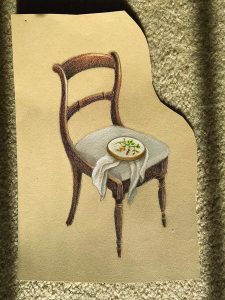
The project builds on the successful Jane Austen Summer Program (JASP), first launched in 2013, and also Jane Austen & Co., which launched in 2019 to extend free public humanities programming about Jane Austen’s world. When the pandemic hit, Jane Austen & Co. went virtual, and it continues successfully to this day. There are 30-plus free Zoom episodes in the website’s library, and 10 to 12 new virtual events are programmed each year.
JASP has always had a pedagogy component as well; teachers can receive education credits for attending the summer program, and some scholarships are available to cover costs. Through JASP+, a two-day extension of the summer program, teachers can learn more about using digital humanities tools to teach Austen.
Brodey said the prototype phase for Jane Austen’s Desk extends through December 2024; the group will apply for implementation grants with the plan of launching major enhancements in 2025. Scholars from the following institutions will be a part of the project: University of Texas at Austin, NC State University, Auburn University, Arizona State University, Delta State University and Marist College.
By Kim Weaver Spurr ’88
Published in the Spring 2023 issue | The Scoop
Read More
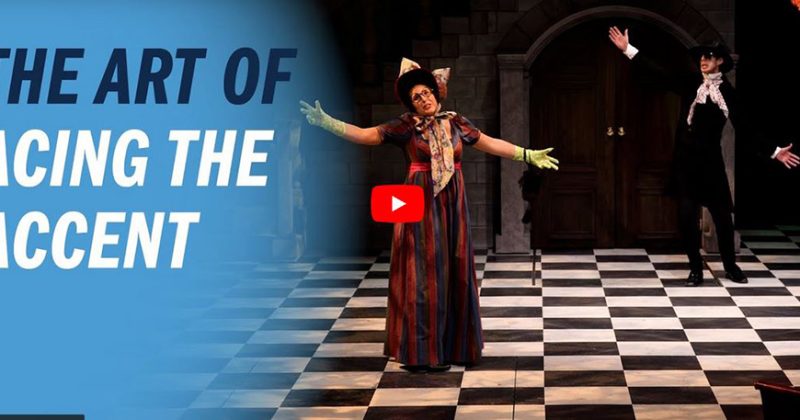
The art of acing the accent
Hear how actors training with Carolina’s PlayMakers Repertory Company learn…
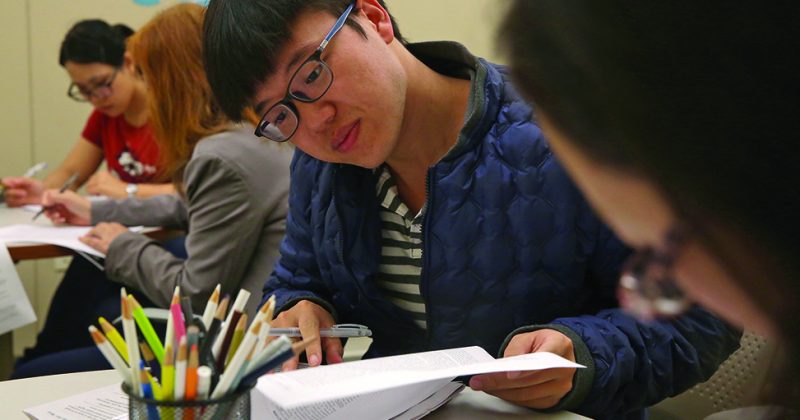
Gifts support expansion of Writing and Learning Center
The center provides personalized academic coaching and resources to help…


